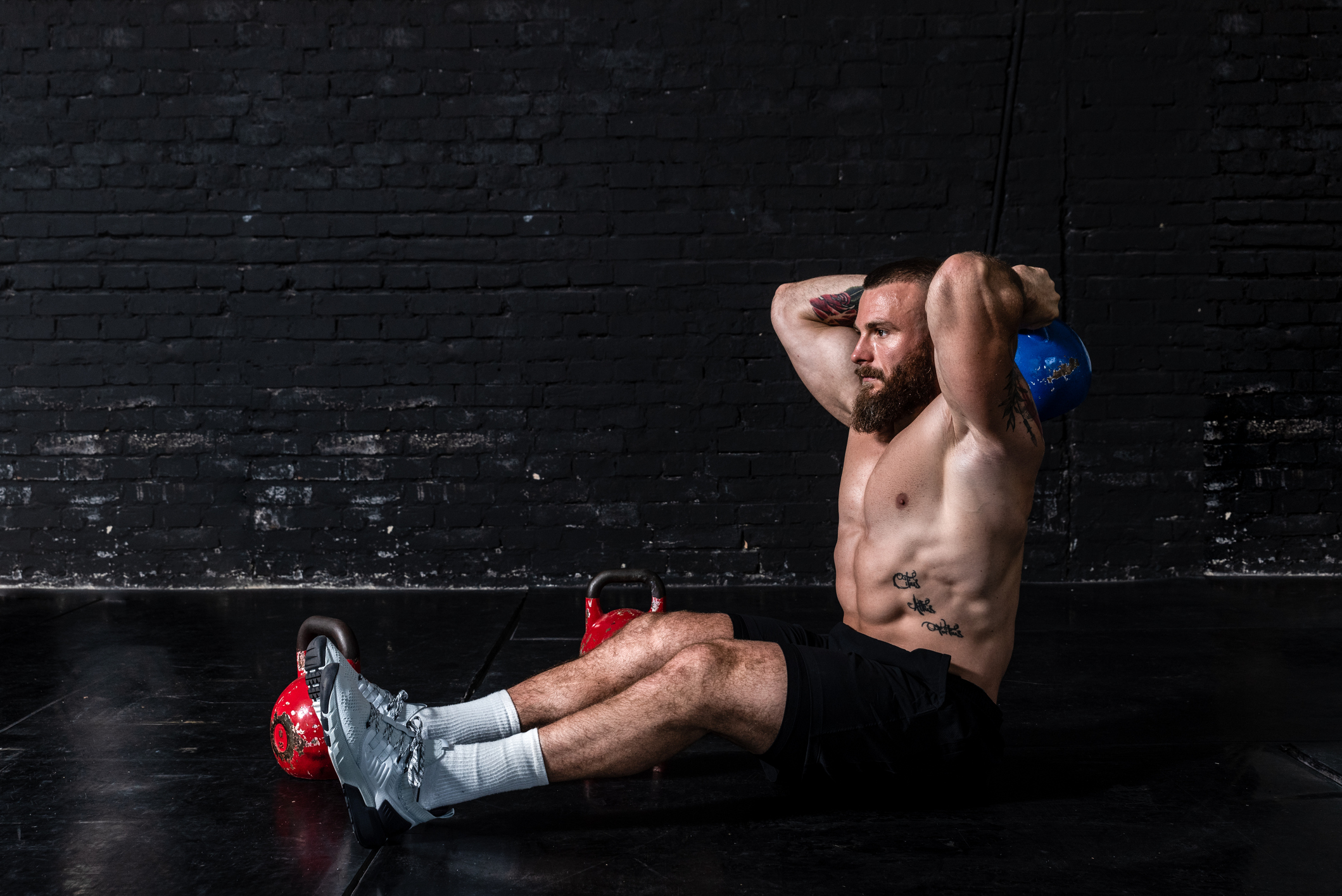
The most common factors affecting regular fitness goals are the types of exercise you engage in and what you eat. Between jobs, family responsibilities, and other daily errands, we often lack the time we need to eat right and stay moving.
If you want to stay committed to meeting your fitness goals, what other factors should you be aware of? Reaping the benefits of physical activity and setting goals for yourself means understanding any barriers that might get in your way.
Troubleshooting and developing workarounds in advance can only help you prepare…and then succeed.
Sleep

Sleep is vital when considering ways to develop healthier habits. It affects your performance and recovery. If you don’t prioritize sleep, you’ll see problems with your coordination, reaction time, and ability to exercise effectively.
If you aren’t giving your body enough rest to repair and restore itself fully, you’ll feel fatigued. This is one of the main reasons people don’t exercise — they’re exhausted. Working out while tired increases your risk of injury as well.
Getting the right amount of sleep maximizes your potential to achieve goals. Your mind and body function better when well-rested, in and out of the gym. You’ll also feel more motivated to stick to your exercise regimen and work out as planned.
Most adults need the recommended seven to eight hours of sleep per night. Others do well with less, while some need more. You know yourself better than anyone. How much sleep do you need to do your best? Rethink your schedule so you can comfortably add exercise without sacrificing sleep.
Hormones

Exercise and hormones are interconnected. For example, estrogen supports bone health and collagen production. It also contributes to lean mass. However, too much estrogen can decrease fitness ability and increase the risk of injury.
Testosterone contributes to muscle growth in men and supports cognition, bone density, muscle tone, and red blood cell production in women. Overall, testosterone can help prevent cardiovascular disease, too.
Regularly lifting weights of any size, even light weights, helps to improve testosterone production. It also builds more muscle mass and increases testosterone naturally.
Serotonin and dopamine, two important neurotransmitters, help us feel good after working out. It’s similar to a “runner’s high.” Many people credit exercise with keeping those happy chemicals churning, which in turn helps increase motivation to continue with this healthy habit.
Estrogen might be the connection between exercise, serotonin, and dopamine. This is because estrogen regulates neurotransmitters in the brain and positively affects them.
Stress levels

Exercising is a popular and effective way of managing or reducing stress. Harvard Medical School published a study that showed how exercising can encourage endorphin production. Endorphins, brain chemicals that work as mood boosters and painkillers, help us lower stress levels more effectively.
Unfortunately, sometimes, we have so much stress in our lives that we feel run down. High-stress levels can result in decreased will and a limited ability to indulge in physical activities. This leads to a more sedentary lifestyle.
When stress levels are higher than normal, it is important to regularly let your body and mind rest. Exhaustion is more than just a physical response and restricted blood flow. It’s also a state of mind. Find other healthy ways to reduce stress levels so you can more easily stick with important fitness goals and focus on working out and recovering adequately.
Stress may hinder your ability to do other related activities, such as adopting new exercise, maintaining healthy routines, and relapsing into unhealthy habits.
Alcohol

Alcohol use can affect the production of adenosine triphosphate, which provides energy for your muscles. If you’d like to perform your best for a race or a game, don’t drink booze in the 48 hours leading up to it.
If you do consume alcohol in this period, keep it to one or two drinks and have plenty of water as well to stay hydrated.
Alcohol is a sedative that reduces your body’s ability to convert food to energy. It also reduces carbohydrates and decreases your blood sugar levels. You’re likely to experience a buildup of lactic acid, and dehydration can occur.
In a healthy exercise routine, muscles break down glucose and produce lactic acid. If you drink alcohol 24 hours before training or competition, the booze increases lactic acid in your body. You may experience more muscle cramps, which will negatively affect your athletic abilities.
This can reduce aerobic performance for up to 72 hours after you stop drinking. You will likely also experience limited hand-eye coordination and slower responses during this time frame.
We’ve already discussed the importance of sleep, and alcohol makes it challenging to rest well. It can also reduce the amount of human growth hormones and testosterone your body produces, and you need both of these for muscle development and recovery.
Health conditions

Adults with debilitating health conditions encounter more barriers to a healthy life. As a result, they are more likely to develop heart disease, stroke, diabetes, cancer, and other serious issues. This just makes all of their conditions worse.
Regular aerobic exercise can improve the lives and health of those with serious conditions or disabilities. Such improvements include better overall health, increased endurance, better mobility, stronger muscles, and improved mental health. However, nearly half of such adults between 18 and 64 live a sedentary lifestyle.
Moving and exercising regularly also helps manage chronic symptoms associated with life-limiting illness and some disabilities. It can reduce pain, joint stiffness, and arthritis discomfort. Healthy workouts also improve cognitive function, make people feel better about themselves, and help socially isolated people engage with others in their community.
Editors' Recommendations
- Working out on keto: Maximize your fitness plan with this handy guide
- High protein fast food for a busy day: These picks won’t kill your fitness goals
- 5 effective resistance band exercises for developed hamstrings
- 3 amazing steady-state cardio exercises to work into your fitness routine
- 5 effective resistance band back exercises to add to your workout



